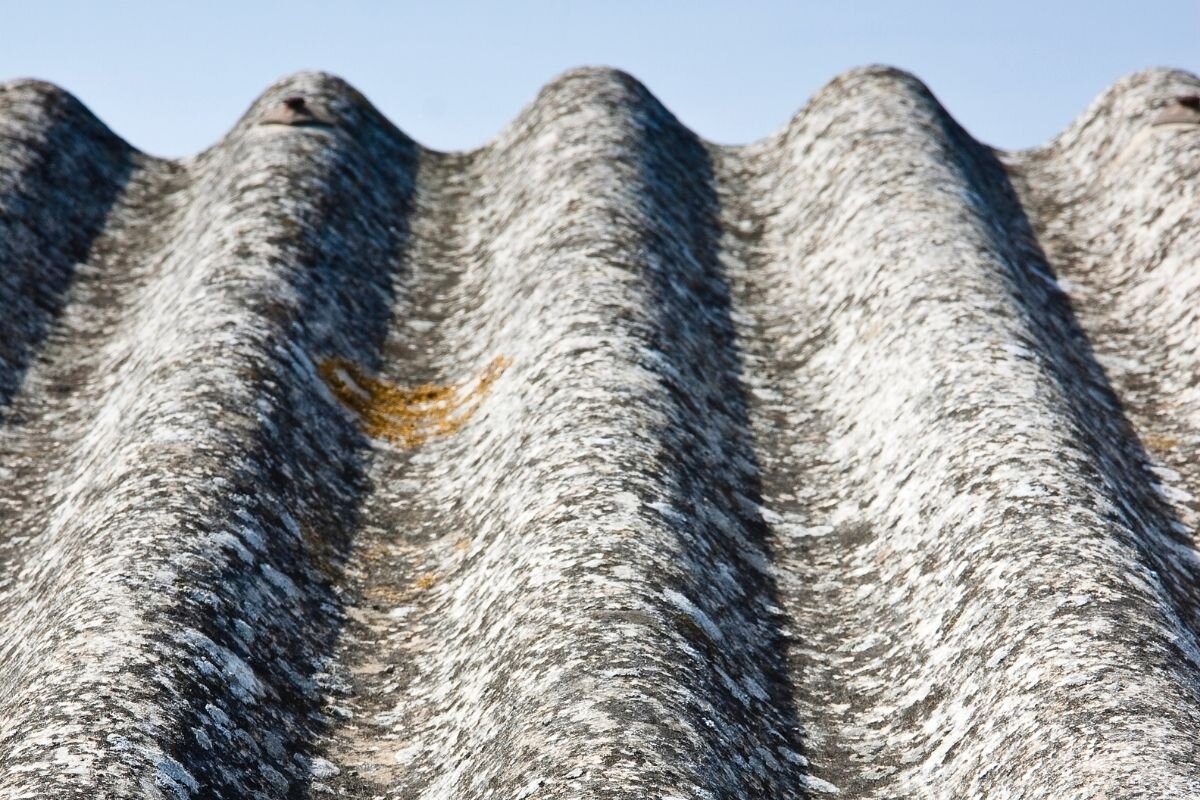Super Six Roofing and Asbestos Removal
As most people are now well aware, asbestos presented endless opportunities to building material manufacturers. It was fireproof, versatile, and, most importantly, affordable. As a result, it was commonplace in many thousands of building products like Super Six roofing that could see the need for asbestos removal in the future.
It took several decades for manufacturers to realise that asbestos was, in fact, harmful to human health. In the meantime, tens of thousands of buildings throughout New Zealand were being erected with this deadly mineral. Today, we’re dealing with the consequences.
Dangers of asbestos
Asbestos is a natural mineral mined from the earth. It looks innocent, so how is it the complete opposite? It’s made up of tiny fibres that, when inhaled and ingested, can stick to mucus in your throat, trachea, bronchi, lungs, organ linings, and chest walls.
They then irritate the cells in your body, eventually leading to severe health conditions like lung cancer or mesothelioma. When asbestos building products are in excellent condition, they don’t tend to pose a health risk. However, if they have worn over time, become brittle or broken, asbestos removal by licenced removalists can be the only option.
What is Super Six roofing?
Super Six roofing is a trade name for asbestos-cement sheet roofing materials that proved popular for decades. It was fire-resistant, easy to install, robust, and was also easy to mould into corrugated roofing materials.
Unlike corrugated metal roofing, though, Super Six roofing was deeper and wider. Side by side, it’s easy to spot which is metal and which is asbestos-cement.
The installation process for Super Six roofing was reasonably similar or the same to other corrugated sheet products. The 2.4-metre sheets were installed over building paper and wire netting, positioned on purlins. Galvanised screws with metal washers and bituminous felt washers were used to keep them in place.
Super Six roofing was also quite brittle, which meant that metal mesh, sarking, or purlins positioned close together were used to offer much-needed support.
Hazards of Super Six roofing materials containing asbestos
If you’re purchasing or have purchased a home or business with Super Six roofing, it’s worth being aware of the hazards. Asbestos removal specialists may be necessary to assess the situation going forward.
Asbestos minerals
Super Six roofing can contain three different types of asbestos: chrysotile (white), crocidolite (blue), and amosite (brown). They feature alongside concrete as the base of this building material.
Chrysotile asbestos is the most common form, and it was widely used in building materials and the automobile industry. Crocidolite featured heavily in plastic and cement products, alongside steam engine insulation, pipe insulation, and spray-on coatings. Amosite, on the other hand, was mostly present in cement sheets, ceiling tiles, pipe insulation, and thermal insulation products.
Rainwater contamination
Rainwater collection is a popular option for homeowners who dabble in gardening or don’t have a mains supply connection. However, it’s important to note that Super Six roofing can contaminate rainwater supplies.
Over time, slightly acidic rainwater can expose the asbestos fibres in this roofing material. Testing from asbestos removal experts has often revealed millions of asbestos fibres within rainwater.
Guttering contamination
If it’s not bad enough that asbestos can linger in your rainwater, it can also stay present in your home’s guttering. Asbestos and environmental businesses in the past have tested dirt and wind-blown dust in home guttering systems, only to find they contain large amounts of friable asbestos.
Soil contamination
It’s in the best interests of any homeowner with a Super Six roof to have an asbestos removal team test the soil around their home. Because the fibres can end up in guttering and rainwater, it can also contaminate the soil around the roof, too.
Even long after the roof has been replaced, these fibres can remain. It might be time to bring in the experts to undertake thorough testing.
Asbestos in ceiling space and insulation
Cracks in Super Six roofing and even wind movement can cause asbestos fibres to fall into the ceiling space of your roof. As a result, simple checks and maintenance in your roof space can end up being an exceptionally hazardous undertaking. If your roof is insulated, then it’s essential to treat your insulation materials as if they are contaminated, too. The reality is, they likely are.
Can you seal Super Six roofing?
Ask any asbestos removal expert, and they will tell you there are occasions where you can seal asbestos in place rather than remove it. However, Super Six roofing can be a little different.
A sealer, like PVA, for example, can reduce fibre quantities, but it can’t get rid of them altogether. In saying that, there are other ways to minimise the dangers this roofing material poses. Talk to an asbestos removal team in NZ to find out what your options are.
Talk to the experts
Super Six roofing, or other asbestos-contaminated building materials, can cause homeowners to experience many sleepless nights. Fortunately, there are options galore for how to address the problem moving forward.
The first thing you need to do is get in touch with licenced and specialist asbestos removalists. They can then provide many different options for how you can proceed.

